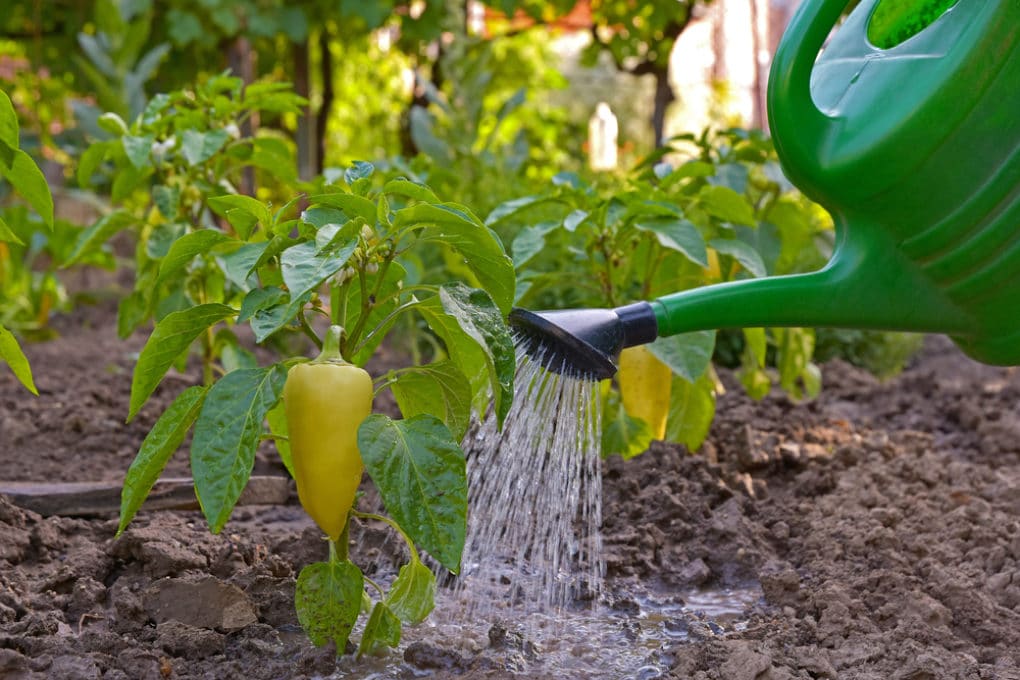
This same research group measured marketable, and unmarketable yield mean marketable and unmarketable weight, and mean length and width of marketable fruits and found flower thinning had no effect on the two green pepper varieties they tested. If science needs more study how is it that gardeners know the answers? One research paper commented that “Although some producers already remove the flower that appears on the first branch of green peppers, flower thinning has been poorly studied and more scientific information on the subject is necessary”. But if you transplant carefully, there is no reason to remove flowers while transplanting. Pinching off flowers at transplant time can be beneficial to the plant if there was a lot of root disturbance during planting, or if it suffered leaf damage while being hardened off. If the plant is ready to fruit and the flowers are removed, the plant will just form new flowers which requires extra energy reserves, possibly slowing down growth. It generally won’t produce flowers until its food reserve is large enough to support the subsequent fruit which means that removing flowers is not a requirement for growing healthy plants. This food reserve is under the control of the plant and is shared between root growth, leaf growth and fruits.

Small pepper fruit soon after pollination, source: Round Rock GardenĪ plant, especially a young one, produces a certain amount of food which is used to grow the plant bigger. The best fruit number and total yield were obtained by pruning ‘Pasodoble’ plants to 4 branches and pruning ‘Lirica’ plants to one branch, clearly showing that pruning effects depend on cultivar. However, plants pruned to four branches produced the highest yield, due to a higher number of fruits per plant. Plants pruned to one branch resulted in a significant increase in early yield, fruit size and internal fruit quality over plants pruned to two branches.

Pruning reduced the number of fruit per plant as well as overall yield.Īnother greenhouse study looked at three hybrid bell pepper cultivars: ‘Pasodoble’, ‘Lirica’ and ‘Sondela’.


Peppers were grown in pots in an unheated glasshouse during spring. In one study 14 pepper varieties were tested for different degrees of pruning (2,3 and 4 stems). It can be the total weight of peppers, or the weight of ripe peppers before the end of the season, or even the number of peppers produced. However, that does not necessarily mean you get a better yield because yield is measured different ways. Pinching does produce more branches and these can produce more blooms, which result in more peppers.


 0 kommentar(er)
0 kommentar(er)
